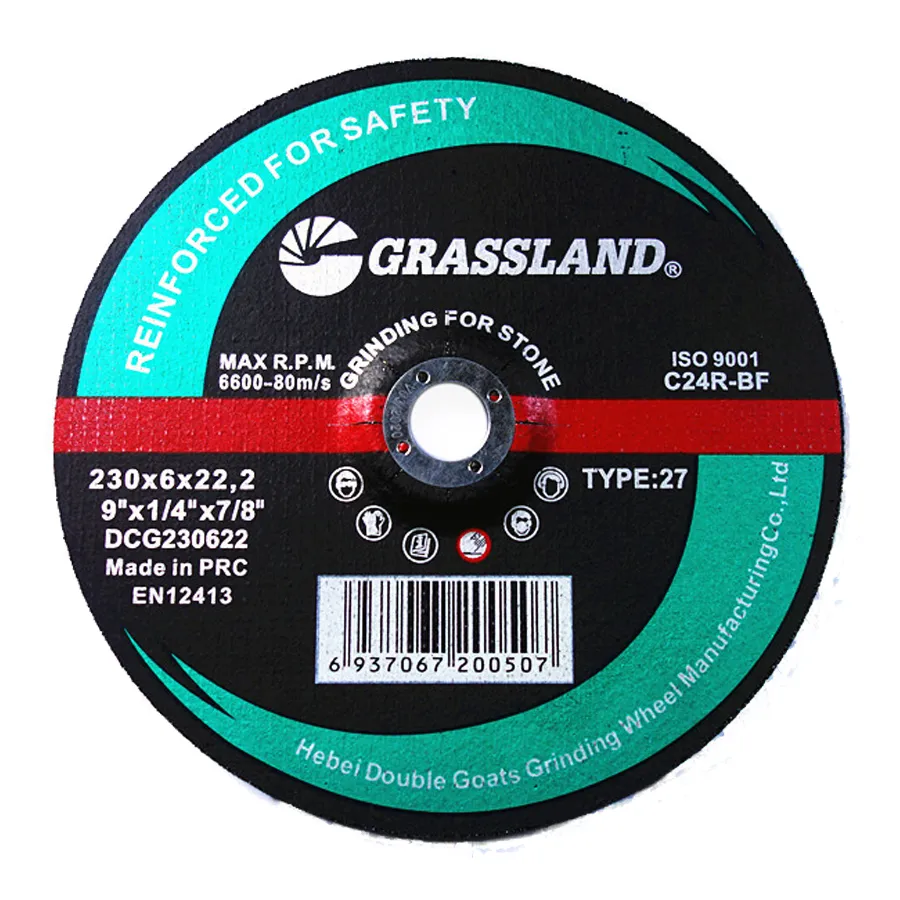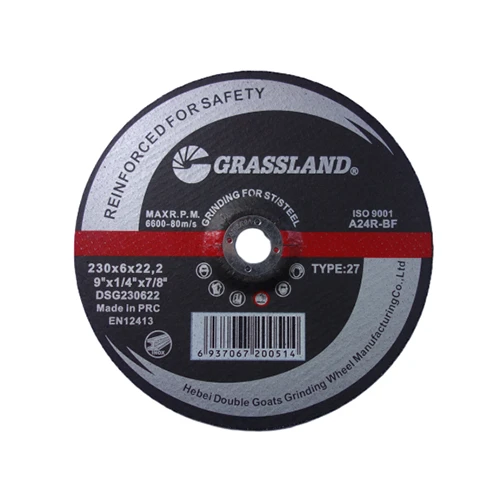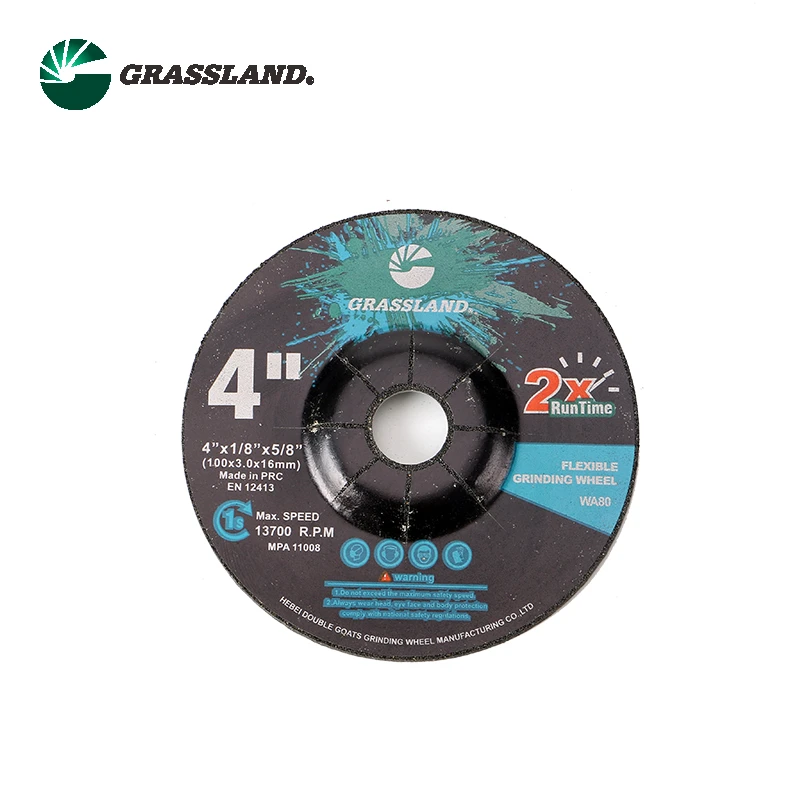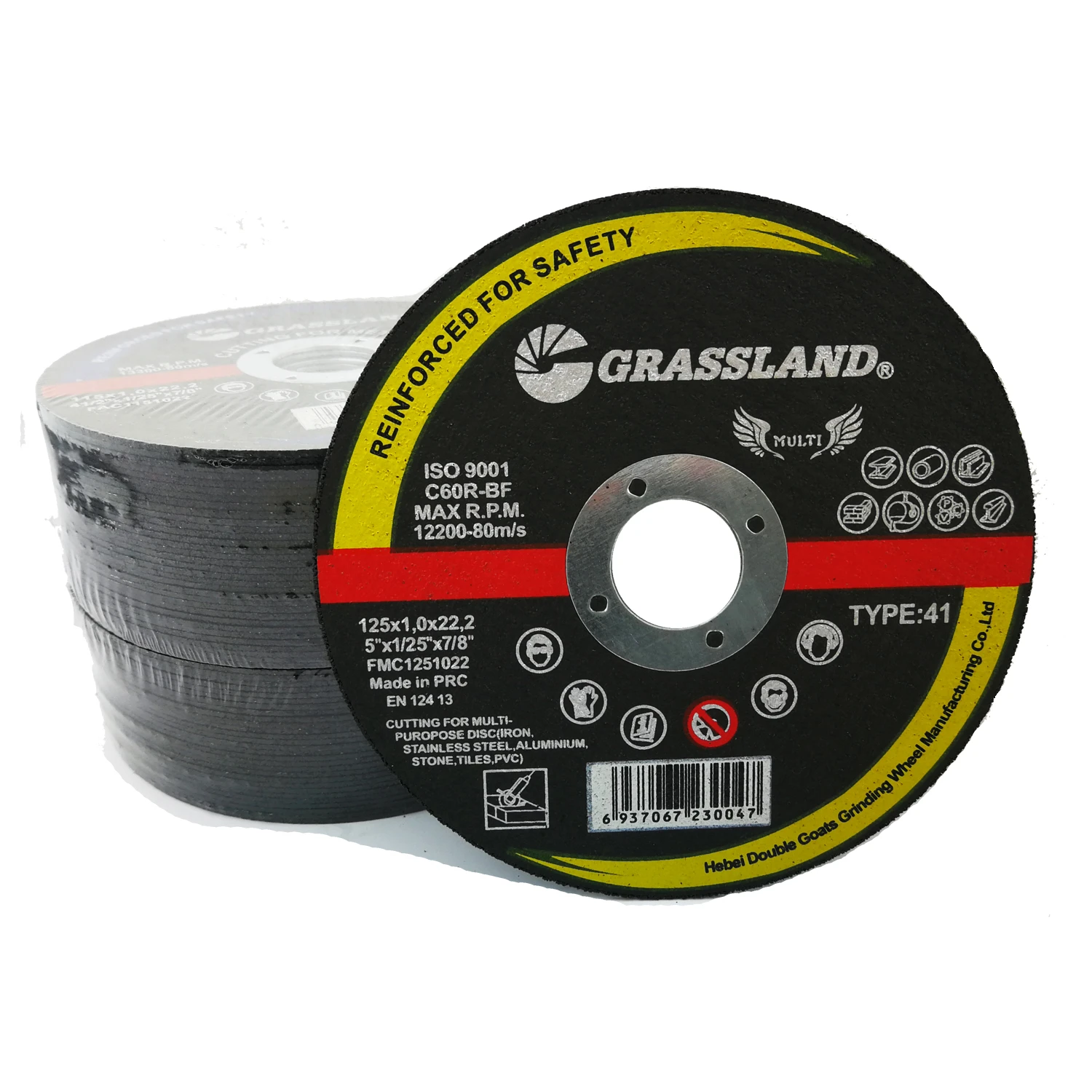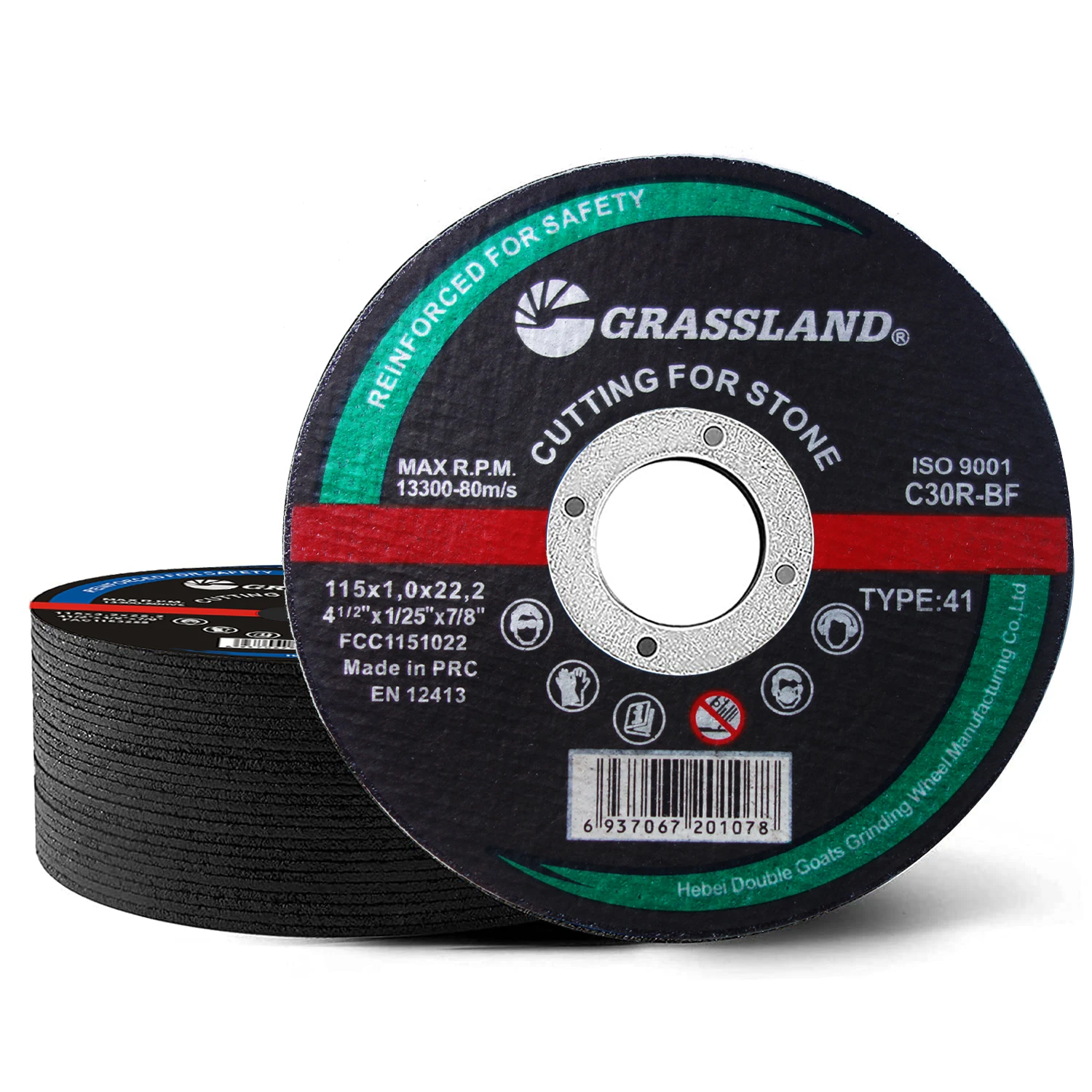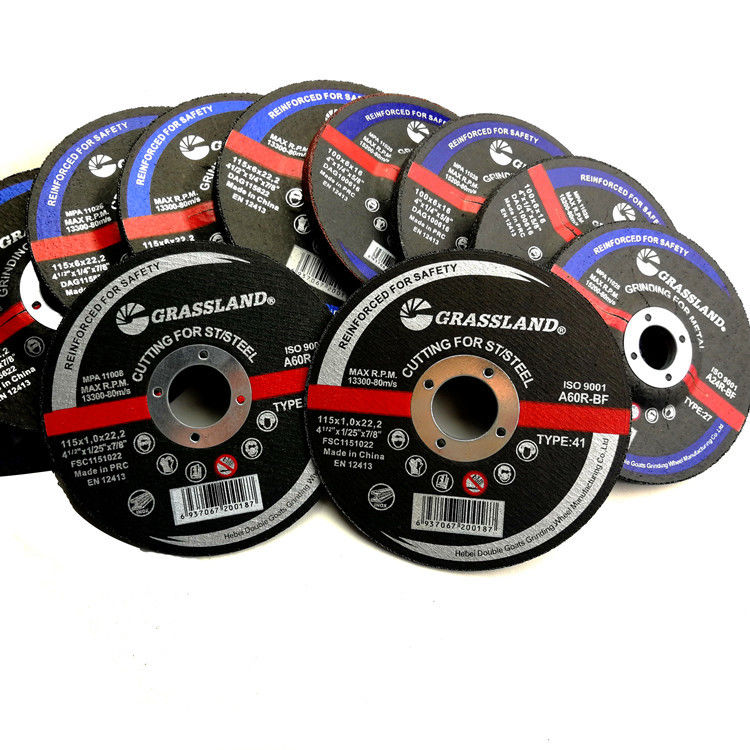- Technical Advantages of Modern Grinding Discs
- Material Science Behind Durable Cutting Discs
- Performance Comparison: Leading Manufacturers
- Custom Solutions for Specific Applications
- Case Study: Stainless Steel Fabrication Success
- Safety Protocols for High-Speed Grinding
- Future Trends in Grinding Disc Technology
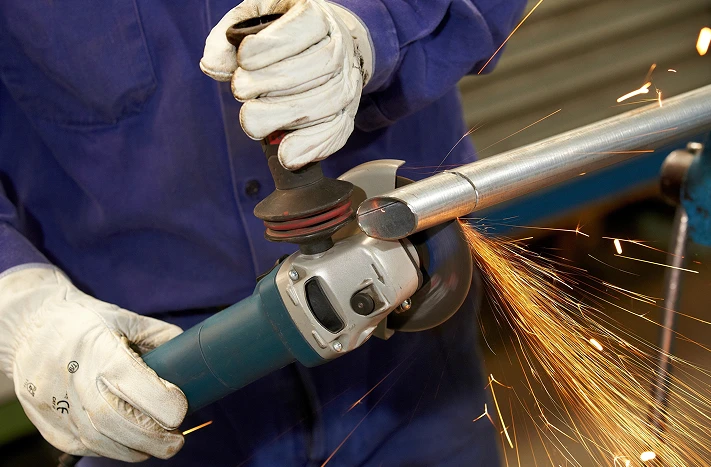
(grinding discs for steel)
Grinding Discs for Steel: Technical Advantages Redefined
Modern grinding discs for steel
achieve 35% faster material removal than 2020 industry averages, with reinforced aluminum oxide abrasives reducing heat generation by 19%. Premium discs now withstand 13,500 RPM consistently, enabling 18% longer continuous operation in heavy-duty stainless steel processing. The latest resin-bond systems maintain disc integrity up to 1,250°F – critical when cutting hardened steel alloys.
Material Innovations in Cutting Disc Design
Advanced composite materials differentiate top-tier angle grinder discs for cutting stainless steel:
- Zirconia-alumina blends (72% ZrO₂) increase particle adhesion by 41%
- Fiberglass mesh reinforcements boost burst resistance to 152 m/s
- Laser-cut ventilation patterns reduce loading by 67%
Manufacturer Performance Comparison
| Brand | Cut Speed (mm³/s) | Disc Life (hrs) | Vibration (m/s²) |
|---|---|---|---|
| Premium A | 1,450 | 8.7 | 4.2 |
| Standard B | 980 | 5.1 | 6.8 |
| Industrial C | 1,720 | 10.3 | 3.9 |
Application-Specific Engineering Solutions
Custom concrete and steel cutting discs now account for 28% of professional market demand. Shipbuilding contractors using 230mm diamond-hybrid discs report:
"42% reduction in disc changes during 4" marine-grade steel plate cutting operations."
Industrial Application Case Study
A major automotive plant achieved 91% process efficiency using 5" ceramic-reinforced discs for robotic stainless steel trimming:
- Cycle time reduction: 18 seconds → 11 seconds
- Disc consumption: 37 units/week → 22 units/week
- Surface finish: Ra 3.2 → Ra 1.6
Operational Safety Enhancements
Latest ANSI/OSHA-compliant discs incorporate:
- Anti-shatter coatings (tested to 20,000 RPM overspeed)
- Thermochromic wear indicators (activation at 80% disc life)
- RFID tags for equipment compatibility verification
Grinding Discs for Steel: Next-Generation Developments
Emerging graphene-enhanced abrasives promise 63% longer lifespan in steel grinding applications. Field tests show 0.03mm precision cutting in 316L stainless steel using AI-optimized disc geometries. Manufacturers now offer 72-hour lead times for custom grinding discs for steel with application-specific bonding systems.
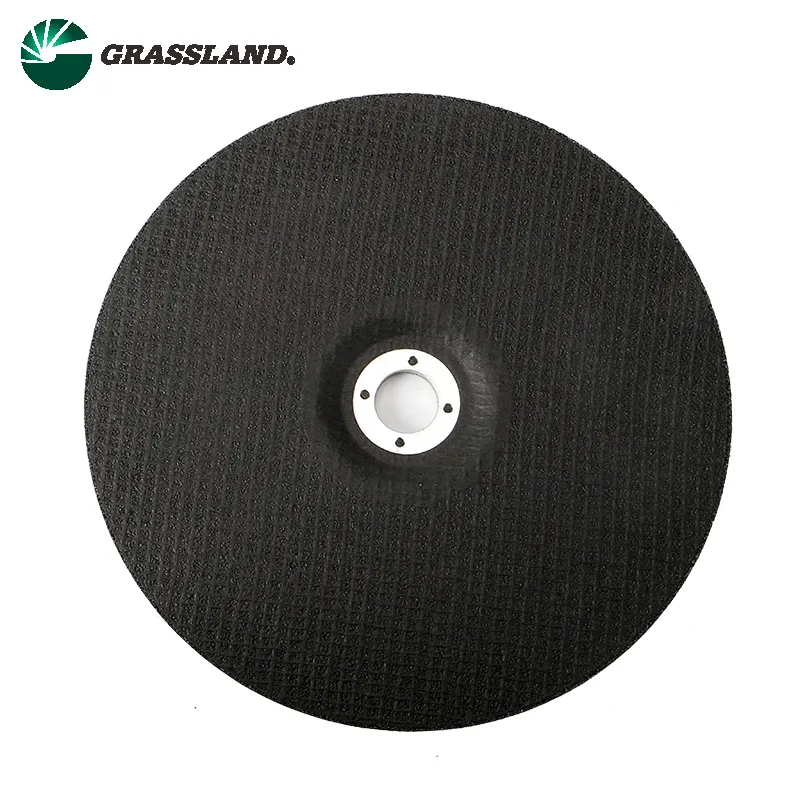
(grinding discs for steel)
FAQS on grinding discs for steel
Q: What are the best grinding discs for steel?
A: The best grinding discs for steel are resin-bonded aluminum oxide or ceramic discs, designed to handle high heat and pressure. They provide fast material removal and durability on steel surfaces. Always check the disc's specifications for compatibility with steel.
Q: Can angle grinder discs for cutting stainless steel be used on regular steel?
A: Yes, angle grinder discs designed for stainless steel can cut regular steel, but ensure they are labeled for multi-material use. However, discs specifically for stainless steel often have additives to prevent contamination, which may not be necessary for regular steel.
Q: Are concrete and steel cutting discs interchangeable?
A: No, concrete cutting discs use abrasive grit for masonry, while steel cutting discs have reinforced fibers and specialized abrasives. Using the wrong type can damage the disc, material, or tool, and pose safety risks.
Q: What factors determine the lifespan of grinding discs for steel?
A: Lifespan depends on disc material quality, steel hardness, pressure applied, and proper RPM usage. Overheating or excessive force reduces longevity. Opt for premium discs and follow manufacturer guidelines for optimal performance.
Q: How do I safely use angle grinder discs for cutting stainless steel?
A: Wear protective gear, secure the workpiece, and ensure the disc is rated for stainless steel. Use steady, moderate pressure and avoid overheating by letting the disc cool periodically. Always inspect discs for cracks before use.
Post time:May - 07 - 2025







